Best home security cameras in 2021: Top wireless, indoor and outdoor models
The best home security cameras help you provide peace of mind by monitoring your home day and night, inside and out, and sending you an alert when they detect an intruder. These smart security cameras automatically send video to your smartphone, so you can see what’s happening in real time, wherever you are. Home security cameras have night vision and automatic motion-activated recording, and some even have built-in speakers, so you can talk with whoever you see, or sound an alarm.
We’ve tested dozens of home security cameras ranging in price from $20 to $500, and evaluated them for their image quality, features, cloud storage costs, and security.
What are the best home security cameras?
After testing dozens of wired and wireless options, the best home security camera for most people is the Wyze Cam v3. It works indoors and out, has color night vision, free — though limited — cloud storage, and the ability to store videos locally. Best of all, it only costs $20 at Wyze.com (and $30 elsewhere).
If you’re looking for the highest-quality video, the weatherproof Arlo Ultra delivers impressive 4K resolution, good audio, and a great set of security features. It is a bit expensive, though the price may come down as the company has released its successor, the Arlo Ultra 2 ($499 for a two-camera kit), which has a spotlight built into each camera. As a result, the original Ultra is being discontinued, though you should be able to still find it for a limited time.
If you need a fully wireless budget outdoor camera that can withstand the elements, the Blink Outdoor is the way to go. It costs $99, yet captures good-quality video, and gives you a lot of control over what gets recorded. And, you can also store video locally, or pay for a cloud subscription, which starts at $30/year.
Read on for all of our best home security camera picks. If you’re looking for something that can withstand the elements, be sure to check out the best outdoor security cameras.
Best home security cameras you can buy today

Don’t let the low price fool you; the Wyze Cam v3 is the best home security camera for those on a budget. As its name suggests, it can record video at a resolution of 1080p, and while the quality isn’t up to the same par as the 4K Arlo Ultra, it’s still sharp enough to see who’s there. Its color night vision is especially impressive.
The Wyze Cam v3 comes with two weeks of free cloud storage — though clips are limited to 12 seconds — but it also has a microSD card slot which you can use to enable continuous recording and create time-lapse videos. You can get unlimited-length videos and no cool-down periods if you subscribe to Wyze Cam Plus ($1.25/month per camera). That’s cheap but good.
Read our full Wyze Cam v3 review.
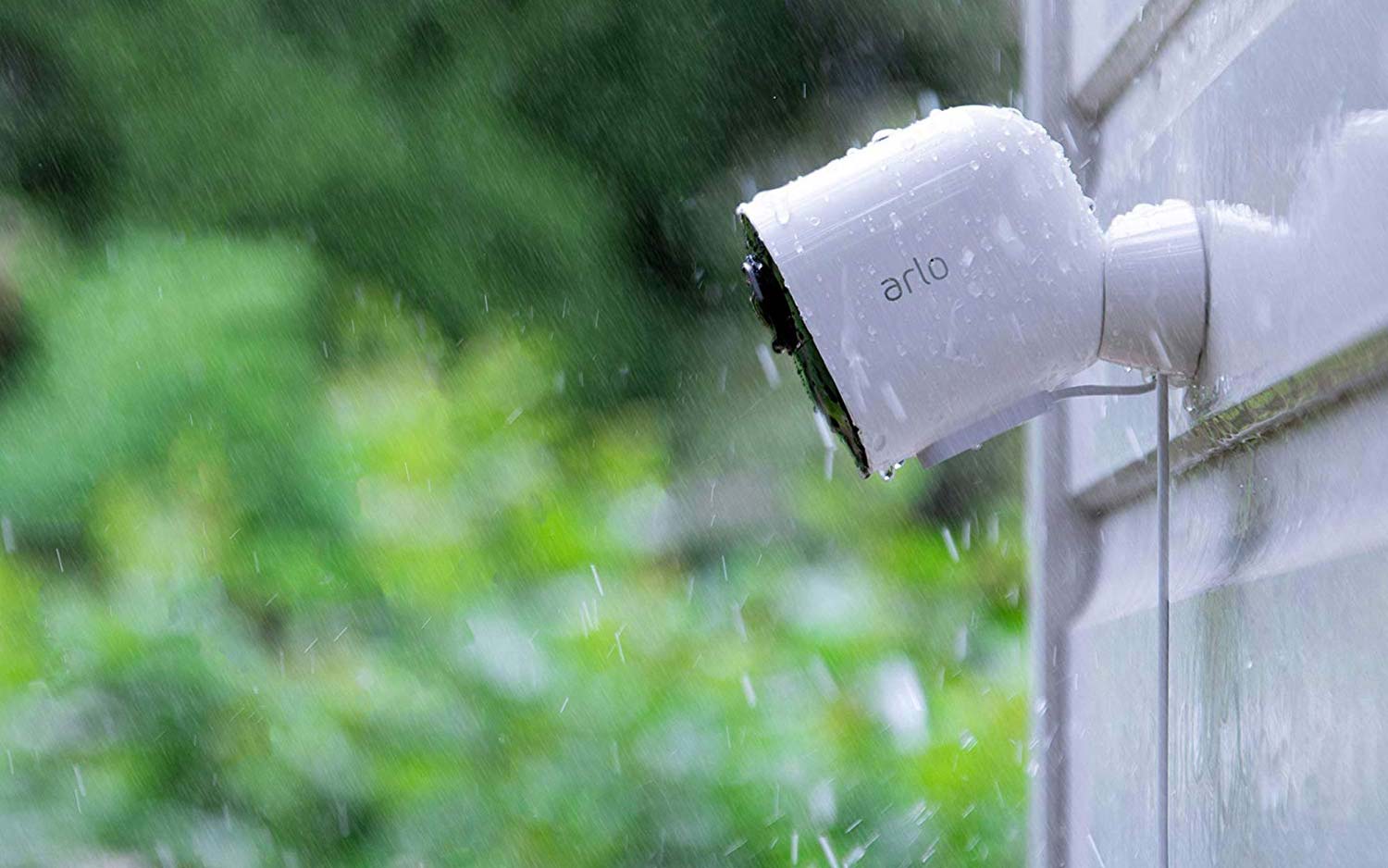
Not only do the Arlo Ultra’s cameras deliver the best home security camera video, but it also uses that extra resolution to enable digital track and zoom, which makes it easier to follow and ID a person as they move across the frame. A built-in spotlight also enables color recording at night, and it has dual microphones for better audio.
All of this will cost you, though: A single camera (with the hub) is $399, and extra cameras are $299 each. The Arlo Ultra doesn’t come with a free tier of cloud storage, so you have to spend at least $3 per month if you want to save any videos. And if you want to save 4K videos, it’s an extra $1.99 per camera per month, on top of the monthly plan, the latter of which is waived for the first year. But if you want the absolute best when it comes to video quality, the Arlo Ultra has it.
As an FYI, Arlo has released the Arlo Ultra 2, which has a spotlight built into the camera. As a result, the original Arlo Ultra is being discontinued, but you should be able to find it for less while supplies last.
Read our full Arlo Ultra Review.
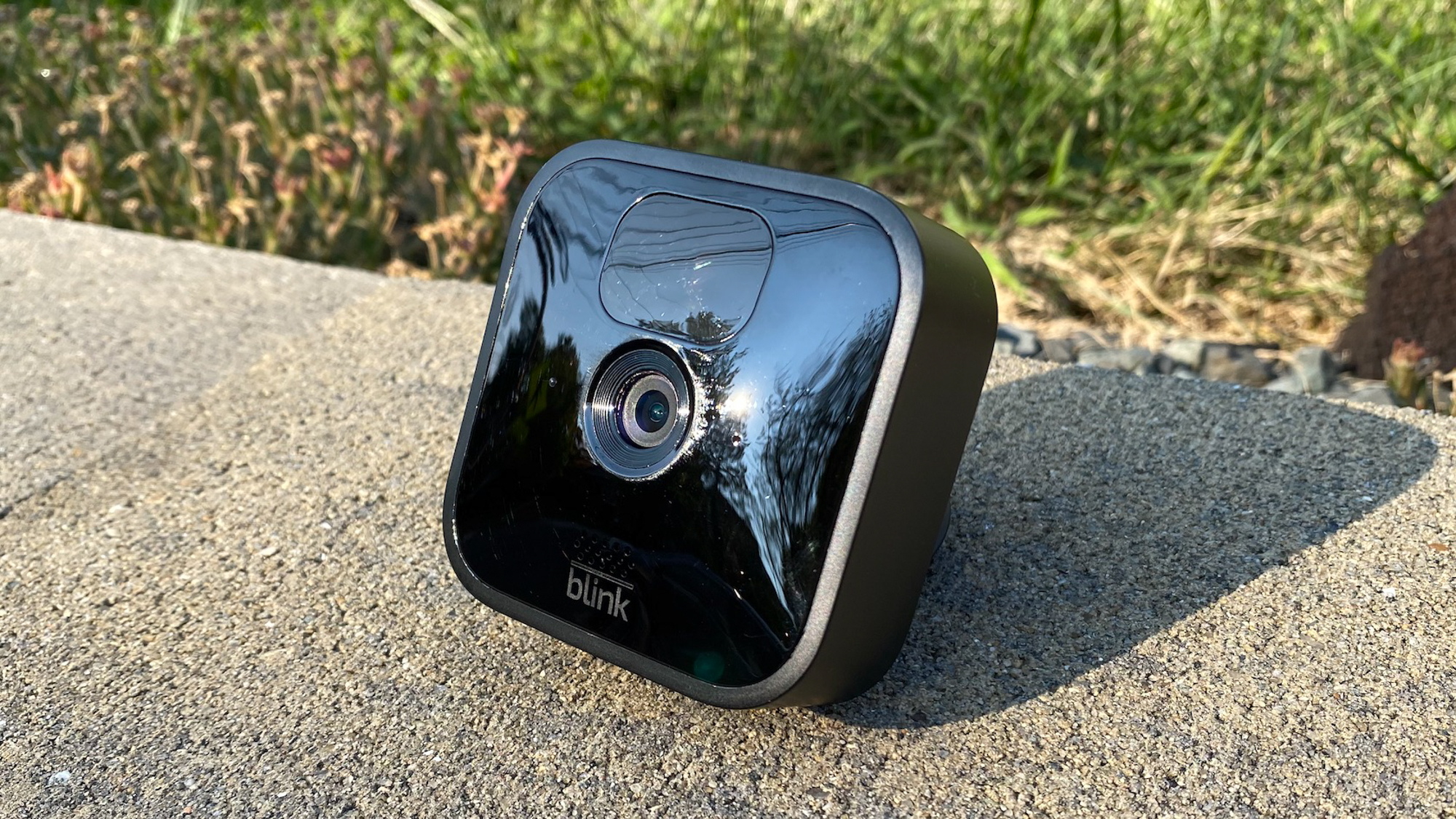
The Blink Outdoor is the best home security camera for those looking for a truly wireless option for less than $100. The camera runs off two AA batteries (which should last up to two years), and communicates wirelessly with a small base station that’s connected to your Wi-Fi network.
The Blink Outdoor’s case is weatherproof, so you can stick it either indoors or outside, and comes with a convenient mounting bracket. While not tops, the 1080p video is records is good for the price. While it lacks free cloud storage like the older Blink XT2, you can save videos locally to a USB drive. Cloud storage starts at $3/month or $30/year.
Because Blink (and Ring) are owned by Amazon, the Blink app also has a connection to Ring’s Neighbors app, where you can see a feed of other incidents in your neighborhood, and post videos from your Blink camera. Blink’s app is fairly robust, and while it doesn’t have all the bells and whistles of Arlo’s cameras, this sub-$100 has plenty of features for the price.
Read our full Blink Outdoor review.
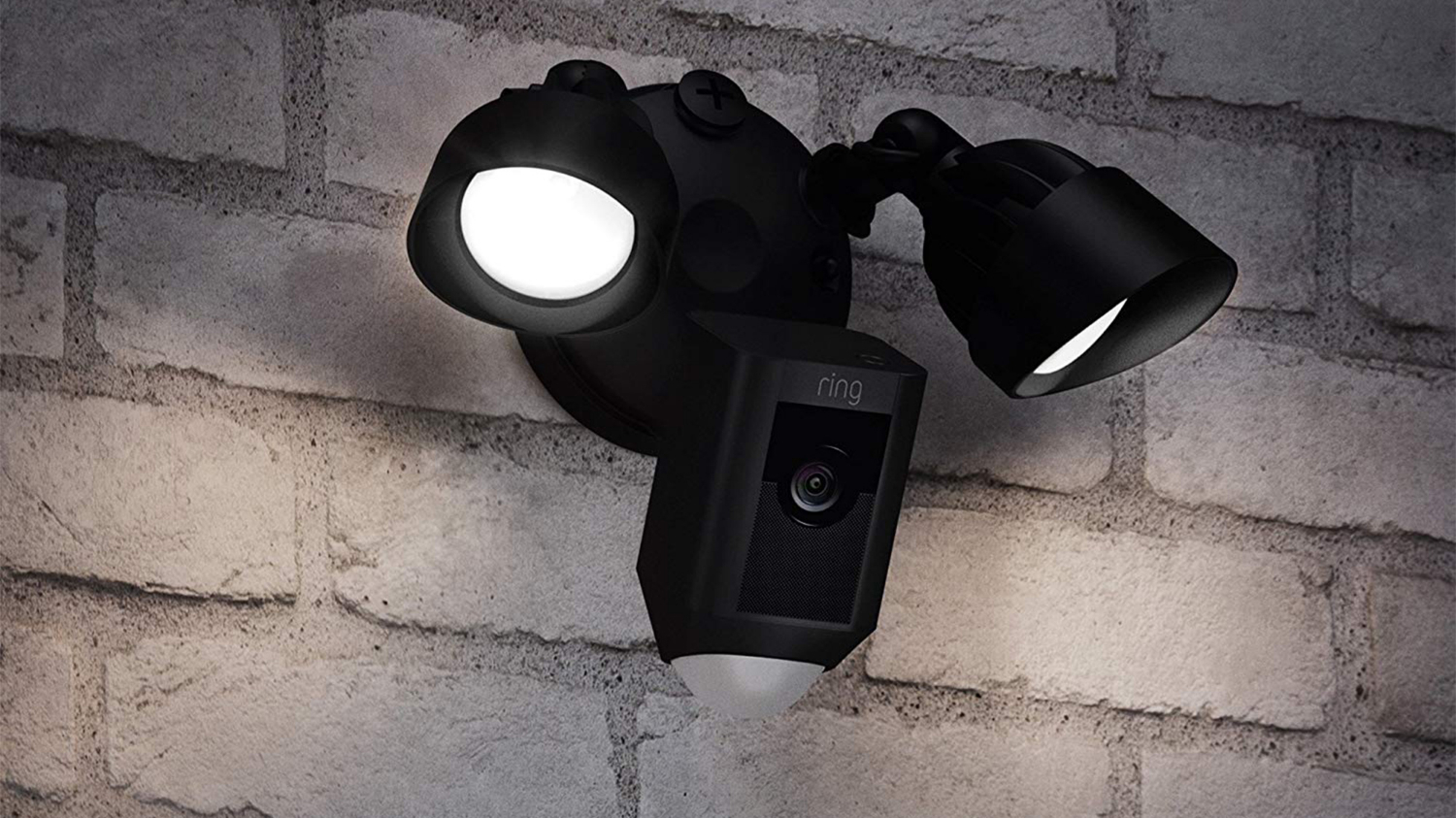
The Ring Floodlight Cam combines two essential devices in one: A home security camera and a motion-activated floodlight. When the Floodlight camera detects movement, it turns on its two powerful LED beams as well as its sharp 1080p camera, and starts recording. The Floodlight Cam also has a loud speaker, so you can talk to whoever’s in front of the camera, and hear their responses.
Ring’s app offers a variety of settings, such as custom motion zones, scheduling and more. Add to that Ring’s neighborhood-watch feature, which lets you see what’s happening in your area from other Ring users, as well as from your local police and fire departments. (You can also post your own videos to the Neighbors app). Unfortunately, to record and share video, you’ll need to subscribe to Ring’s cloud storage plans, which start at $3 per month.
Read our full Ring Floodlight Camera review.
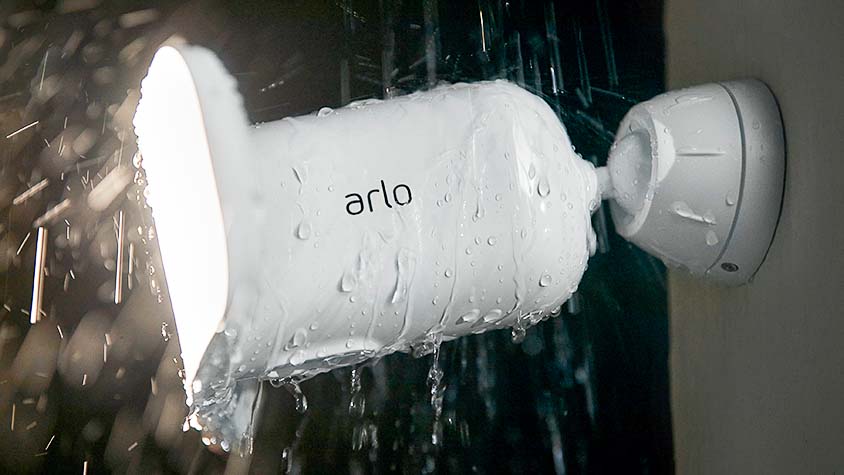
If you’re looking for an easier way to install an outdoor floodlight, the Arlo Pro 3 Floodlight Camera is the model to get. Unlike Ring’s Floodlight Camera, the Arlo runs on battery power, so you can install it virtually anywhere. Just know that you’ll have to recharge its batteries, or spring for the optional solar panel, which can keep the camera going for greater lengths of time.
The Arlo Pro 3 Floodlight Camera delivered good quality video, and its digital pan-and-zoom was effective at helping identify subjects as they moved across our yard. Its 2000-lumen LEDs were also impressively bright. We just wish its batteries lasted longer.
Read our full Arlo Pro 3 Floodlight Camera review
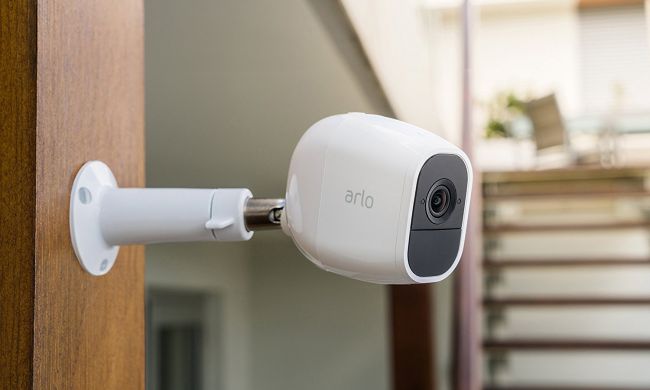
While it’s a bit long in the tooth, the Arlo Pro 2 is still an incredibly capable home security camera. This weatherproof, fully wireless camera can be mounted anywhere, and delivers high-quality 1080p video to your smartphone, tablet, or PC. Better yet, the Arlo Pro 2 also comes with 7 days of rolling cloud storage for free—a feature that Arlo doesn’t include on its more recent cameras.
However, you will want a subscription (which starts at $3/month for a single camera and $10/month for up to five cameras) if you want to save video over longer durations, and get specific alerts for packages, people, and vehicles. The Arlo Pro 3 (2K video) and the Arlo Pro 4 (which has enhanced night vision and a built-in spotlight) are also available, but the Arlo Pro 2 makes for a good budget option.
Read our full Arlo Pro 2 review.

The Arlo Pro is the company’s first wireless home security camera, and though it’s been eclipsed in features and resolutions by newer models, the original still holds up well. It’s an easy to use camera with a bevy of customizable controls. It runs on a rechargeable battery, and has a weatherproof case that protects it from the elements.
The Arlo Pro’s resolution is 720p, much lower than the 1080p or even 4K cameras that Arlo now offers. But, the Arlo Pro’s feed is still sharp enough to make out visitors or anything that wanders in front of the camera. As with the Arlo Pro 2, the Arlo Pro comes with seven days of cloud storage for free, but if you want anything more — as well as features such as customizable motion zones — you’ll need to cough up at least $3 per month, the price of the company’s starting subscription.
Read our full Arlo Pro review.
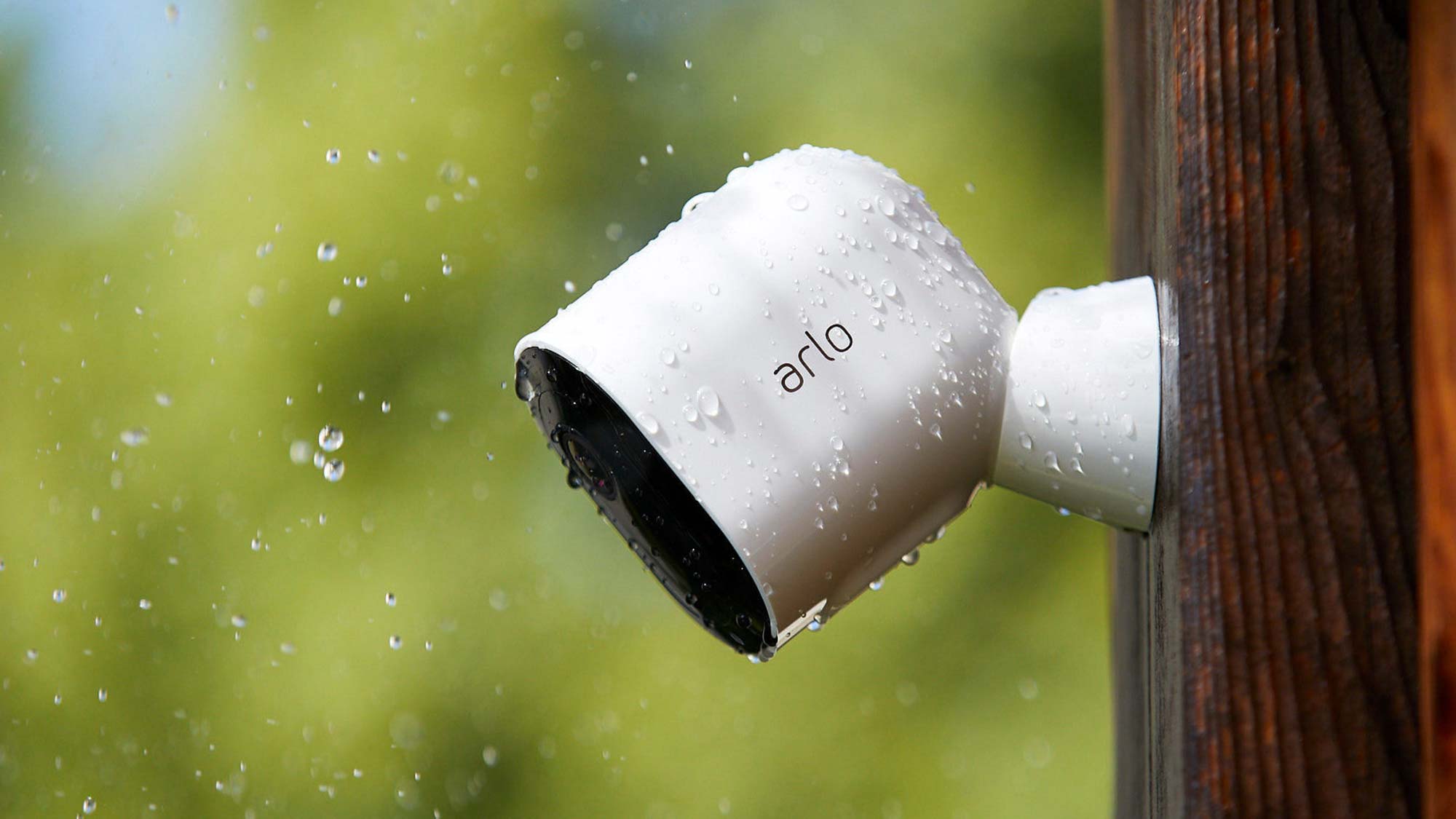
The Arlo Pro 3 boasts 2K video resolution, a built-in LED spotlight, and color night vision, making it a very capable home security camera. It can run off rechargeable batteries (which should last up to six months) or can be plugged in. Like most of Arlo’s other outdoor cameras, the Pro 3 connects to a base station, which can support up to 20 cameras, and can also be used for local storage.
We were disappointed that the Arlo Pro 3 was the first of the company’s cameras to do away with its generous free 7-day rolling cloud storage. You’ll have to subscribe to a plan (starting at $3/month per camera) if you want to save video in the cloud; however, this also gets you features such as person, vehicle, and package detection, as well as customizable motion zones.
Read our full Arlo Pro 3 review.
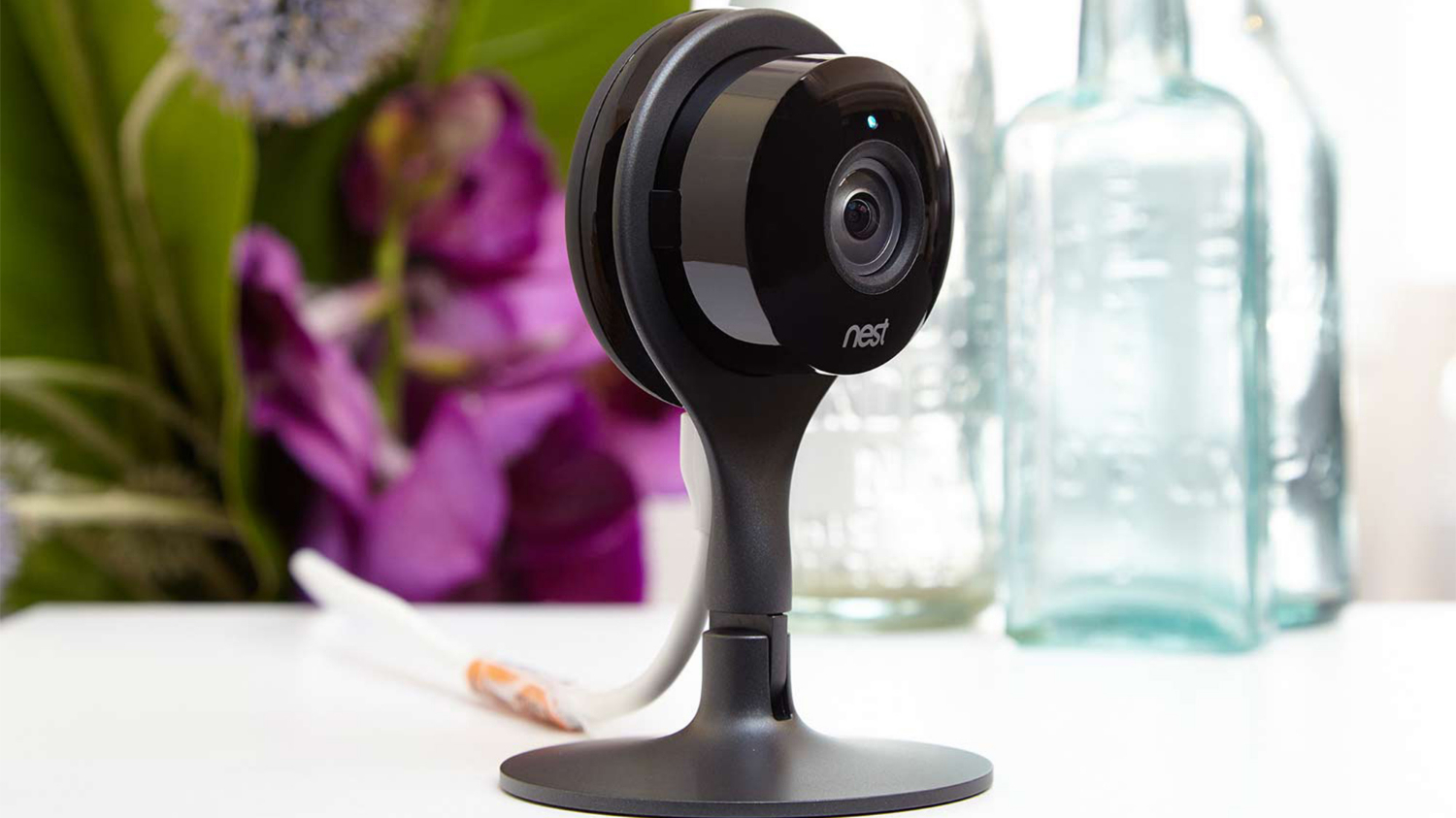
The Nest Cam Indoor is the third generation of the celebrated Dropcam—one of the first, and one of the best home security cameras—and bumps up its predecessors’ video quality to 1080p. It’s easy to set up and, thanks to its magnetic, swiveling base, it can be installed almost anywhere indoors. The video looks sharp; night vision is clear; the camera can be used as an intercom; and it interacts with the Nest Thermostat and the Nest Protect smoke detector, as well as some third-party smart- home devices.
To really make use of the camera’s features, you’ll have to shell out for the Nest Aware subscription, which starts at $6 per month, but gives you access to cloud storage, person detection and customizable activity zones.
Read our full Nest Cam Indoor review.
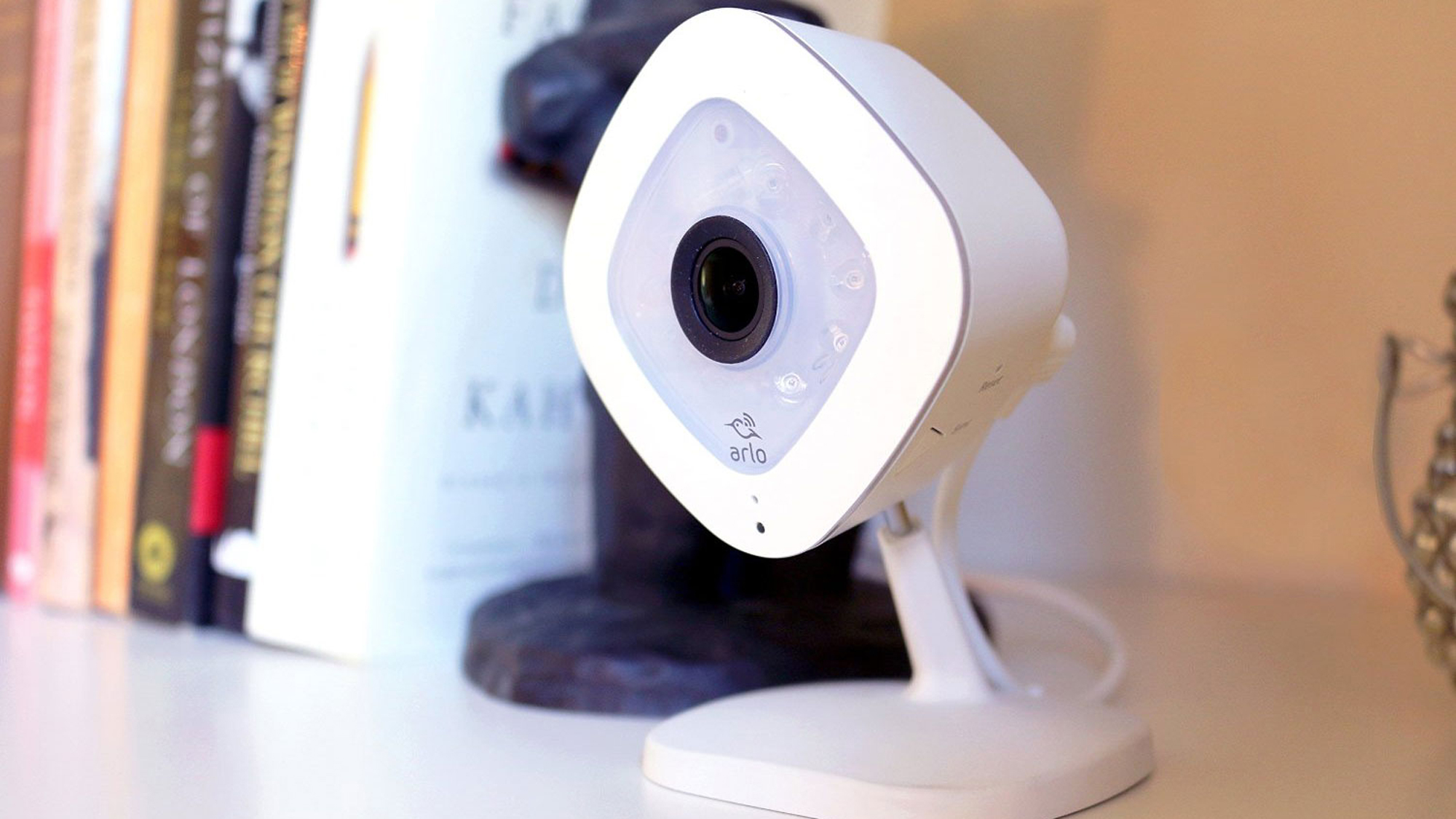
Arlo’s original home security camera, the Arlo Q, is about six years old at this point, but it’s still one of the best home security cameras you can find for indoor use. You can pick it up for less than $100, which makes it much more attractive from a financial point of view.
Yet, you get a good 1080p video feed, two-way talk, a great app, and seven days of free cloud storage — something that Arlo no longer offers on its newer cameras. You’ll want to subscribe to a cloud storage plan (starting at $10/month) if you want 30 days of storage and advanced object detection. But for basic needs, the free option works well.
Read our full Arlo Q review
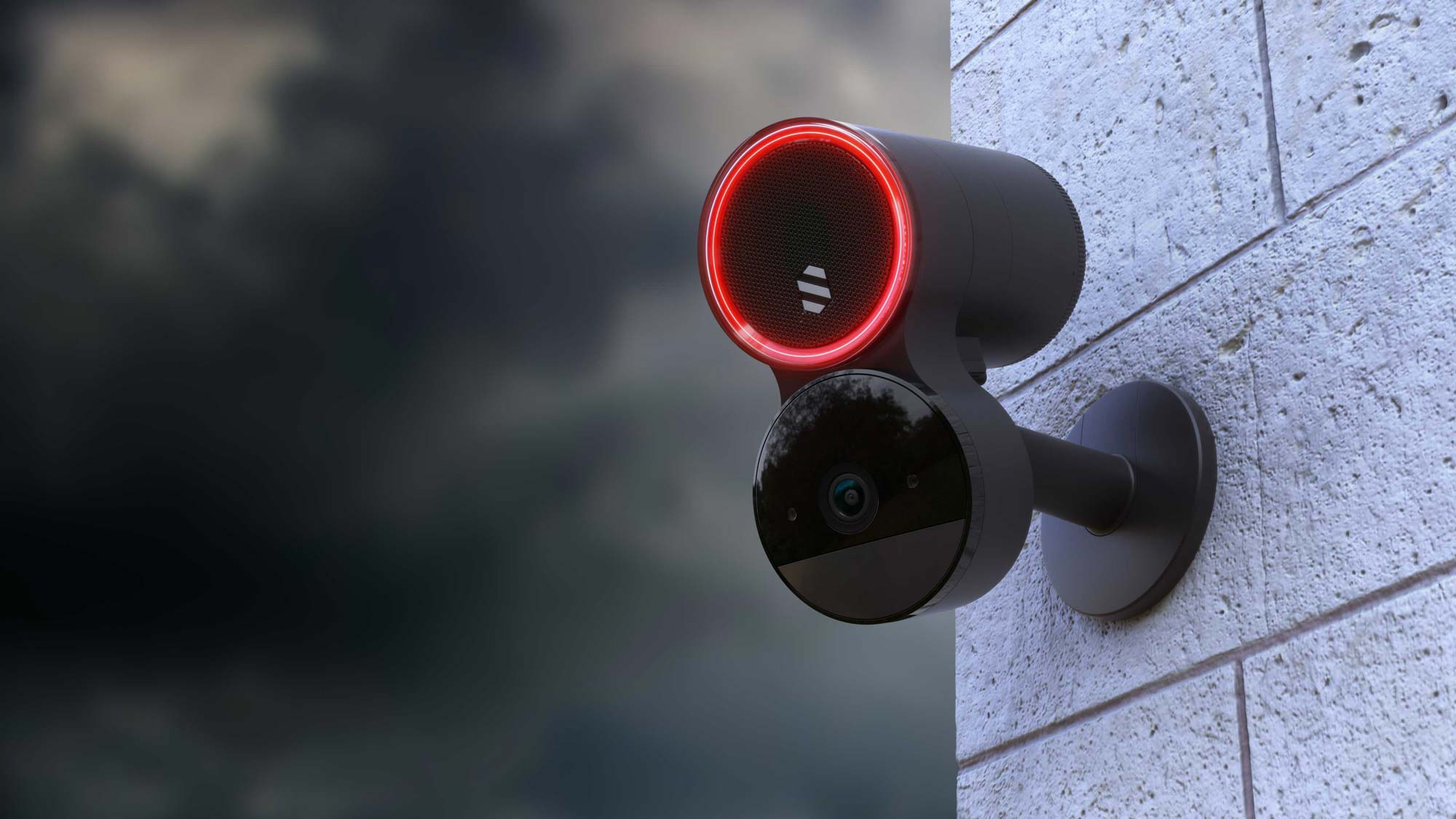
The Deep Sentinel is unlike every other home security camera. That’s because when the camera spot an intruder, it sends a live feed to a monitoring station, where a professional can sound an alarm on the camera, shout a warning, and if necessary, contact the police.
All of this comes at a price: In addition to the cost of the cameras ($499 for three cameras), you also have to pay a monthly fee of $50. And, the resolution of the video tops out at 480p, as it prioritizes the smoothness of the video stream over its definition.
You could spend a similar amount for the best home security system, but they don’t monitor your cameras as proactively as Deep Sentinel. But, they’re the best home security cameras if you’re looking for active monitoring.
Read our full Deep Sentinel review.
How to choose the best home security camera
When shopping for a home security camera, the first thing you’ll need to consider is if you’re planning to mount the camera indoors our outside. Only those cameras that are designed to withstand the elements should be placed on the outside of your house.
And, with outdoor cameras, you also have to decide if you want a battery-operated model or one that has to be plugged in. The former are easier to install, but you’ll have to recharge or change their batteries every few months. The latter might require you to install an outlet or drill holes through your wall, but then you won’t have to worry about it afterwards.
Most home security cameras have a resolution of 1080p, but that doesn’t mean they all deliver the same quality. Cheaper cameras tend to have smaller image sensors and less powerful processors, so a person’s face might be blurred more, especially if they’re moving or you’re capturing video at night.
You also want to think about what each home security camera offers in terms of video storage. Most will let you store videos in the cloud, but many require you to pay a subscription to do so. A few cameras have memory card slots, so you can save video locally; however, if someone steals the camera, you lose your recordings with it. Be sure to check out our comparison of which home security camera has the best storage plan.
How we test home security cameras
To find out which is the best home security camera, we set up each of the models inside or outside a home, noting the difficulty or ease of installation. We then use the camera over a period of several days. The first thing we look at is the quality of the video it records, both day and night. As a person walks through the frame, were their faces clear and well-defined, or was it a blurry mess?
We also look at the features that are available through the camera’s app. Does it have such things as customizable motion zones? If you live on a busy street, you don’t want the camera recording video and alerting you every time a car drives by. A good home security camera should also have a scheduling feature, so that you can turn it off while you’re home, and on when you leave.
Last, we also consider how much it costs to view, save and share recorded video. While some cameras still let you view a few days of recorded video, the trend has been to only let you watch live video from your camera unless you sign up for a subscription. That means you can’t look back a few hours or days to see who was walking through your yard. And, most subscription plans also include extra features, such as custom motion zones.
For all the latest Technology News Click Here
For the latest news and updates, follow us on Google News.
